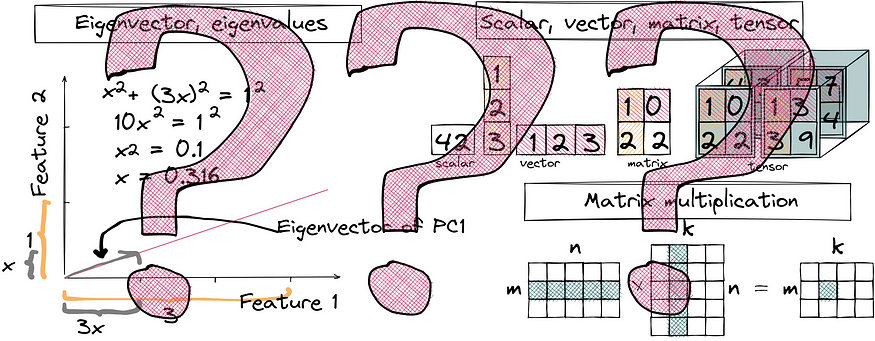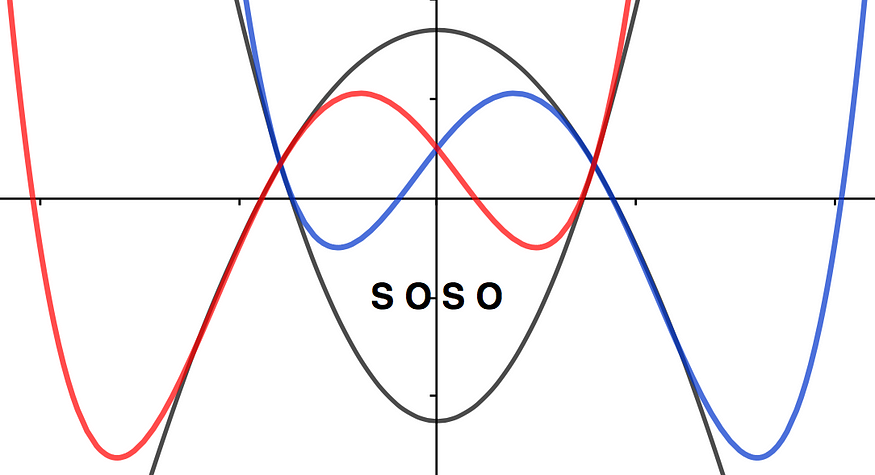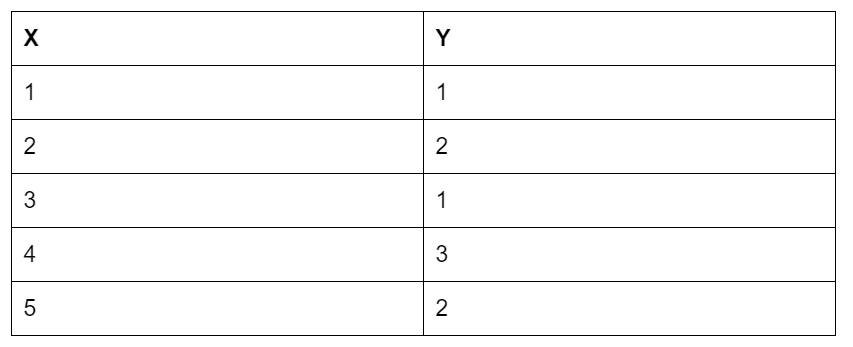Quartic Roots-Using Adapted Genetic Quadratics
Author(s): Greg Oliver Originally published on Towards AI. Designing Quartics-Simpler With Genetic Quadratics A Quadratic at Heart This member-only story is on us. Upgrade to access all of Medium. In previous posts on Quartic root solutions, I have developed solutions using Quadratics …
Hands-On Theano: One of the Most Powerful Scientific Tools for Python
Author(s): Tommaso De Ponti Originally published on Towards AI. Get started or improve your Machine Learning/Data Science projects by using Theano Photo by Franck V. on Unsplash In my previous article, I mentioned 13 Data Science libraries for Python and I also …
Python Statistical Analysis: A Guide to Identifying and Handling Outliers
Author(s): MicroBioscopicData Originally published on Towards AI. Welcome to this tutorial on the detection, plotting, and treatment of outliers with Python. In this tutorial, we will start by discussing what outliers are and why they matter. We will then cover methods for …
Should One Skip Linear Algebra to Become a Data Scientist?
Author(s): Ivan Reznikov Originally published on Towards AI. This article is not about why linear algebra is essential in machine learning. This is an article on why you will need linear algebra. As a data science university lecturer, I recently had a …
3 Quick Questions from the Hardest Math Test in the World
Author(s): SPX Originally published on Towards AI. Can you solve any of these questions from the William Lowell Putnam Mathematical Competition? Source Question 1. Determine all possible values of the expression A³ + B³ + C³ — 3ABC where A, B, and …
Cubic Polynomial Roots — Using Big Dipper Substitutes
Author(s): Greg Oliver Originally published on Towards AI. Substituting Cubics With Their Genetic Infrastructure To Find Roots This post presents a novel method of calculating approximate roots of Cubic polynomials y=x³+Cx+D, by adopting their genetic Big Dipper, y=-2x³+D skeleton infrastructure, which I …
Quartic Roots-Using 2 ‘Big W’ Substitutes
Author(s): Greg Oliver Originally published on Towards AI. Quartics With ‘Big W’ Shape Substitutes For Simpler Roots vs Constant E Variations I have previously used Big W’s y=x⁴+Bx²+E as genetic architecture for finding Reduced Quartic roots, but this post adopts 2 generic …
Python Statistical Analysis: Measures of central tendency and dispersion
Author(s): MicroBioscopicData Originally published on Towards AI. Welcome to this tutorial on measures of central tendency and spread with Python. In this tutorial, we will explore the different measures of central tendency, including mean, median, and mode, and how to calculate them …
Quartic Polynomial Roots – With Quadratic Math and SOSO
Author(s): Greg Oliver Originally published on Towards AI. Quartic Root Approximations using 2 Quadratics and SOSO This member-only story is on us. Upgrade to access all of Medium. This post presents a viable Quartic roots solution, using a confected Y-Axis 180 deg …
Guide to Using Descriptive Statistics in Data Science
Author(s): Paula Maldonado Originally published on Towards AI. Understand the key concepts to summarize data This member-only story is on us. Upgrade to access all of Medium. Photo by Cathryn Lavery on Unsplash Statistics are at the heart of data science and …
Regression Line with Mathematics for the Linear Regression
Author(s): Gul Ershad Originally published on Towards AI. The equation of Intercept a: Regression is a prediction where the target is continuous and its applications are several. It is the simplest parametric model. Every data-set is given in a pair consisting of …
Introduction
Author(s): ___ Originally published on Towards AI. In this article, I will explain why when building a linear model, we add an x₁x₂ term if we think the variables x₁ and x₂ interact and conclude with a principled method to add interaction …






















